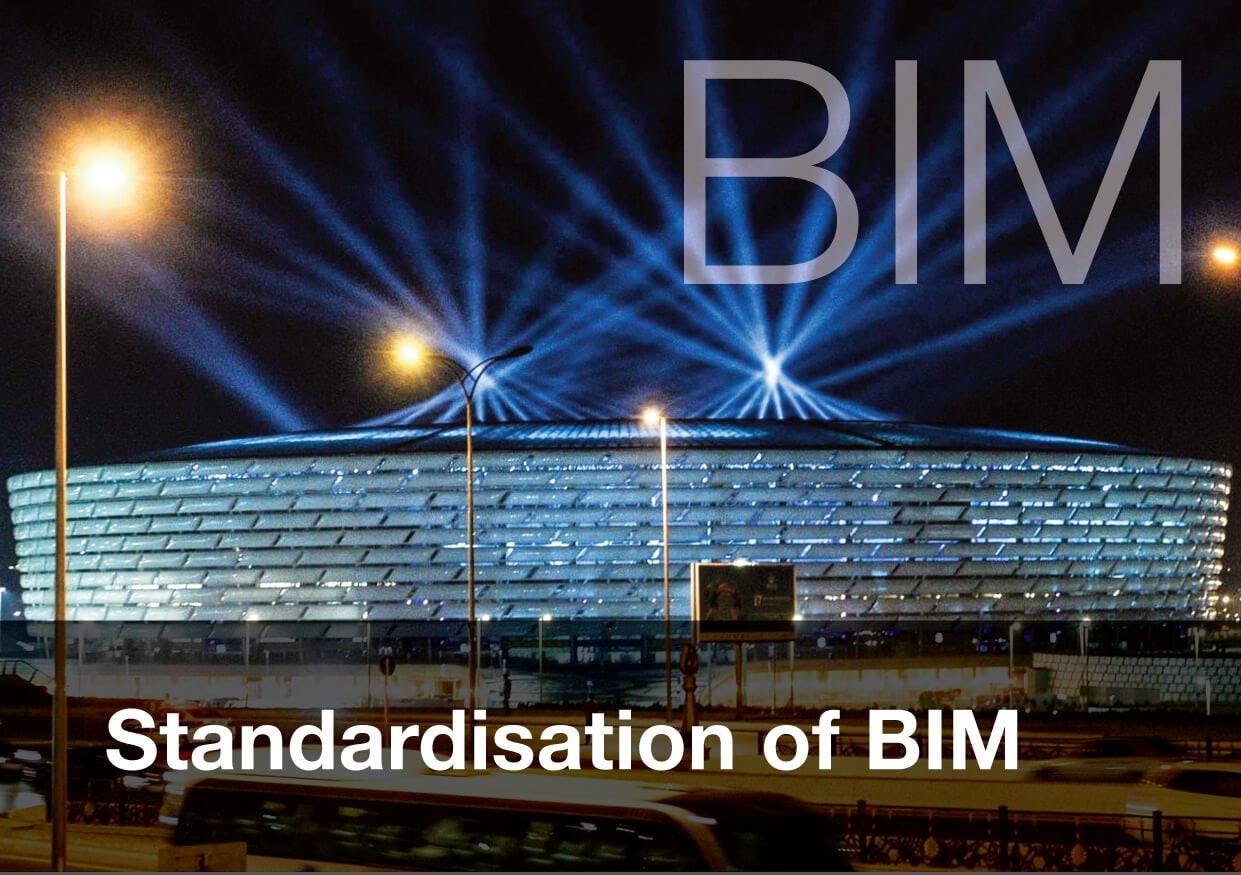Standardisation of BIM
The standardisation of Building Information Modelling (BIM) aims to revolutionise the Architecture, Engineering and Construction Industry. BIM utilises 3D modelling software to create a virtual representation of a building project with embedded digitised documents and data.
Accessible to all professionals involved; architects, engineers and surveyors, BIM supports greater collaboration and communication between the teams involved and contractors. In the future, BIM will continue to aid innovation within industry, facilitating more complex and ambitious projects.
In the UK, all government funded projects currently use Level 2 BIM with the intention of transitioning to use the fully collaborative Level 3 BIM by the mid-2020s. Originally set out in the Government Construction Strategy, published by the Cabinet Office in 2011, the use of BIM became a contractual condition for all building or infrastructure work taken on for or in conjunction with the government from 2016 onwards. Finland and Singapore similarly require BIM for public infrastructure projects.
The primary advantage of using BIM is the reduction in cost and time spent from inception to completion of projects. It reduces the margin for error; if mains and plumbing are meticulously laid out within the design and easily accessible, then projects are far less likely to inherit complications such as not enough allowance for installation space. Essentially, BIM simultaneously bridges the design and construction processes, while also reducing the risk of data waste and logistical errors, greatly improving efficiency. Baku National Stadium, a 69,870 seater in Azerbaijan, was completed by Tekla in just 18 months, an ambitious target made possible through the application of BIM.
The National BIM Report published in May 2018 discovered that, amongst respondents, there was a 12% increase in BIM usage from 2017 but, as with the majority of emerging technologies, a lack of in-house expertise and a reluctance to share information due to liability or litigation anxieties continues to hinder the adoption of BIM. Although the majority felt that the UK government’s 2016 BIM mandate was ‘quite successful’, the general consensus was that more should be done to both standardise BIM and enforce its usage.
The future of BIM is to move beyond simply using advantageous technology to assist in project design through to completion. The next stage is generative design. Bill Allen, a leading industry expert, doesn’t simply theorise how algorithms can utilise data to generate various optimal building designs but states that the algorithms already exist and can “manipulate data [to produce] 17,000 different design options in a couple of days.” The standardisation of BIM brings the inevitable age of digitally enhanced Architecture, Engineering and Construction (AEC) closer and will initiate the transformation of approaches to designing and implementing ambitious infrastructure projects such as smart cities.
